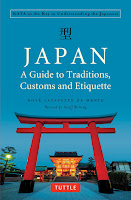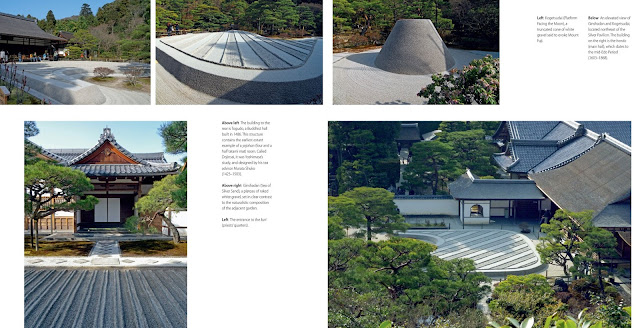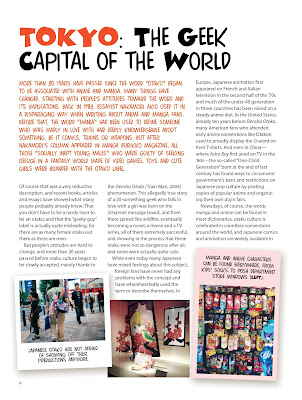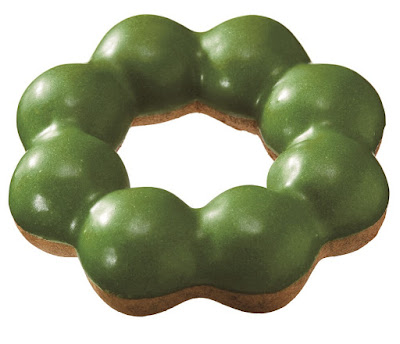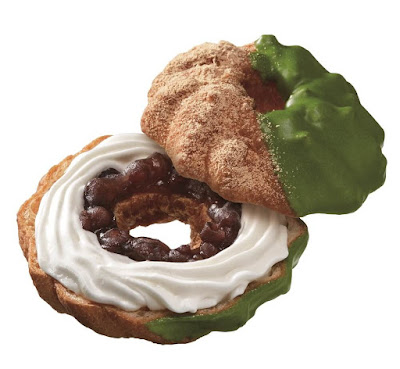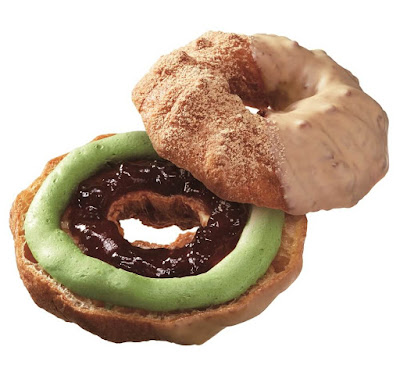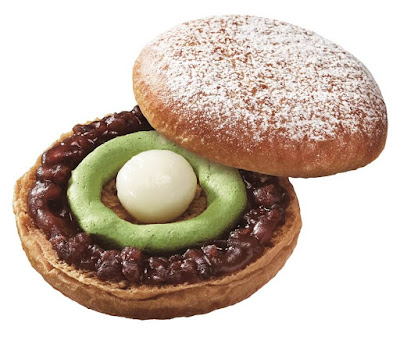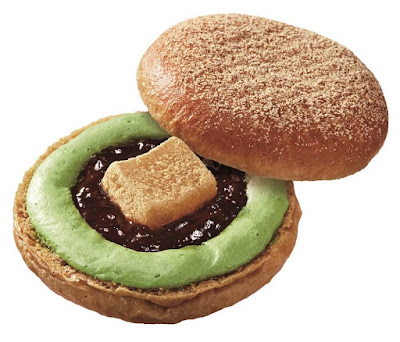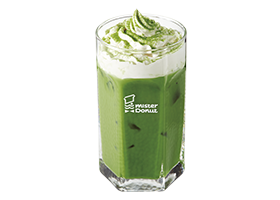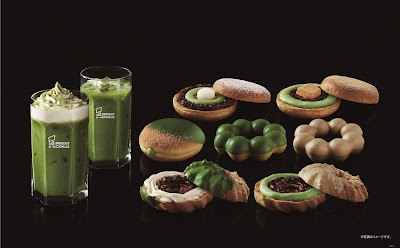Fuchu is a hidden destination in Tokyo that is off the beaten track and full of mystery. Located a short 20-minute train ride from Shinjuku and downtown Tokyo on the Keio Line, this charming city will surprise you with all its history, shrines, temples, and fascinating spots to explore that offer you a taste of the real Japan. In fact, it might be Tokyo’s best kept secret.
Fuchu is a town with a long history and cultural tradition dating back to ancient times when it was the capital of Musashi Province (Tokyo, Saitama & Kawasaki and Yokohama in Kanagawa). The area prospered during the samurai age as the region’s center of politics, economy and culture and as a post town on the Koshu Kaido, one of the five routes of the Edo Period.
Fuchu now prides itself as a rugby city with two teams, the Top League’s Suntory Sungoliath and local rivals, Toshiba Brave Lupus based in the city and with its location close to Ajinomoto Stadium (Tokyo Stadium). Fuchu has gained a reputation as a “Sports Town” with many sports teams basing themselves in the city. Ahead of the 2019 Rugby World Cup, both England and France will hold their training camps in Fuchu.
Let’s take a look at some of the places that make Fuchu a must-see destination for anyone looking to avoid the tourist hoards and sample a taste of authentic Japan.
Baba Daimon - Zelkova Tree Street
An oasis of greenery in metropolitan Tokyo, Baba Daimon no Keyaki Namiki is a zelkova tree lined street, which is a National Natural Monument of Japan. The canopy of trees that form a tunnel over the road are believed to have been donated in 1062 by the samurai general Minamoto no Yoriyoshi (head of the powerful Minamoto clan), and his son, Yoshiie as a prayer of thanks after victory in military campaigns in Mutsu Province (Tohoku Region). Fuchu is famous for horses and this street was the place where the samurai would run their horses to choose the best ones for their samurai warriors. Today, a total of about two hundred trees create a scenic environment that is not only a symbol of Fuchu, but a beautiful entrance to the city.
 |
| A statue of Minamoto no Yoshiie | Photo: John Asano |
Okunitama Shrine
At the end of the zelkova tree street you will find Okunitama Shrine, a Shinto shrine dedicated to Okunitama, the god protecting Musashino Province. The shrine is one of Tokyo’s oldest, reportedly established in 111 AD and is a power spot worthy of a visit as one of the five major shrines of Tokyo along with Meiji Jingu, Yasukuni Shrine, Hie Shrine and Tokyo Daijingu. The shrine holds a famous festival every May called the Kurayami Festival (Darkness Festival), which draws 750,000 visitors from across Japan. The festival is one of the three oldest festivals in the Kanto region and features large
taiko drums and eight elaborately decorated
mikoshi (portable shrines) that house the gods during the festival.
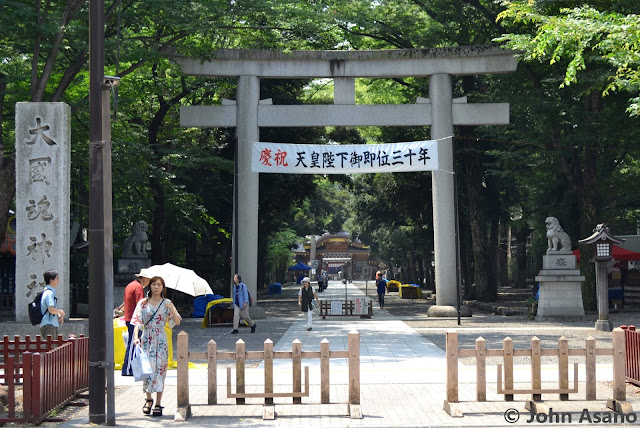 |
| The main shrine gate at Okunitama Shrine | Photo: John Asano |
 |
| Mikoshi portable shrines at Okunitama Shrine | Photo: John Asano |
Furusato Fuchu History Museum
Located on the grounds of Okunitama Shrine is the Furusato Fuchu History Museum, which is dedicated to the history of the area. The exhibits inside provide you with a sample of the long history of Fuchu and its role during the time it was home to the provincial government office of Musashi Province. If you are lucky, you might just catch a glimpse of Fuchu City’s mascot character, Fuchukoma.
 |
| Fuchukoma - the mascot character of Fuchu City | Photo: John Asano |
Koanji Temple
Koanji Temple is a small but fascinating Buddhist temple full of charm and little surprises. The historic temple was built in the 12th century with the temple grounds containing a well that is believed to have been used by the legendary samurai warrior, Minamoto Yoshitsune, who stopped by this temple on his way to battle. The most striking part of this temple is the architecturally impressive two-storied main temple gate that is flanked on either side by beautifully carved
Nio Guardians. Don’t let them distract you too long as rows of
jizo statues (the protector of children, travelers and women) to the side of the gate as well as the colourful lanterns of an annex to the main temple are just two of the many charms of this temple.
 |
| The main temple gate at Koanji Temple | Photo: John Asano |
 |
| Rows of jizo statues at Koanji Temple | Photo: John Asano |
Sakeza Nakakyuu
One thing that I have learned in Japan is that anywhere there is a temple or shrine, you are likely to find quality water and Fuchu is no different. The best thing about quality water is that it produces quality rice, which in turn makes for great tasting sake. Sakeza Nakakyuu is a sake brewery in downtown Fuchu that sells a great range of local sake as well as a place where you can sample some of Fuchu’s finest. The café in the old
kura (warehouse) has an authentic old time ambience, but head up the steep stairs to the second floor, where you can enjoy a range of different sake from the brewery.
 |
| Sake bottles at Sakeza Nakakyuu | Photo: John Asano |
Suntory Sungoliath Rugby Grounds
The Suntory Sungoliath rugby team along with the Toshiba Brave Lupus are two local rival teams in the top league of Japanese rugby union based in Fuchu. The Suntory Sungoliath’s are as you might have guessed owned by the Suntory beverage company and proudly where the Suntory Premium Malts logo on their team uniforms. The team trains out of the Suntory Sungoliath Rugby Ground in Fuchu which is a modern facility that several teams will use as their pre-camp for the upcoming 2019 Rugby World Cup.
 |
| Suntory Sungoliath | Photo: John Asano |
Café +64
Café +64 is a little taste of down under in Fuchu that was started by New Zealand Rugby Union player, Michael Leitch and his Japanese wife. Specializing in breakfast and brunch, I felt like I was back home in Melbourne with meat pies, all-day breakfast and flat white coffee on the menu.
 |
| Cafe +64 | Photo: John Asano |
Fuchu Kyodo no Mori Museum
An open-air museum in the heart of Fuchu dedicated to the famous history and culture of the area. The main building houses some interesting exhibits about the local history as well as a planetarium, but the best part is heading outdoors to enjoy the gardens and architecture of the buildings of the open-air museum. The grounds are home to several different buildings from Fuchu’s time as a post town on the Koshu Kaido during the Edo Period (1603-1868). The buildings are spectacular in all the seasons, offering you a different view from plum blossoms in spring, hydrangea in summer and Japanese maples in fall.
 |
| Edo Period building at the Fuchu Kyodo no Mori Museum | Photo: John Asano |
Musashi Fuchu Kumano Shrine Kofun Ancient Tomb
The remains of an ancient tomb have been restored here creating a mysterious spot to visit in Fuchu. The tomb is unique with a rectangular base topped with a rounded mound. There is a small two-storey museum located near the tomb that houses pictures and artifacts from the ancient site. Don a helmet and pick up a flashlight and you can explore a replication of the ancient tomb but take care as the entrance is narrow and the tomb is tight.
 |
| Musashi Fuchu Kumano Shrine Kofun | Photo: John Asano |
Dai Tokyo Sogo Oroshiuri Center (Great Tokyo Wholesale Center)
A wholesale market in Fuchu that sells just about everything imaginable in one place. Built in 1966 by the chairman of a successful telescope company, this market hosts a large number of shops selling everything from food to fashion. This is the ultimate one stop shopping with cheap prices that you will not find at your local supermarket. The best time to visit is first thing in the morning for the best quality meat and fish on offer.
 |
| A sample of fresh fish at the Great Tokyo Wholesale Center | Photo: John Asano |
Sumomo Plum Festival
Every year on July 20th, the humble Japanese plum (
sumomo) gets its hour in the sun at the popular Sumomo Plum Festival at Okunitama Shrine. The legend of the festival traces its roots back to samurai leader Minamoto no Yoriyoshi and his son, who stopped at the shrine to pray to the gods for victory in battle. Minamoto presented a plum as an offering to the gods and it must have worked as the Minamoto Clan were victorious in their military campaign trouncing their rivals. Today, eating a plum at the festival is said to keep away both sickness and evil spirits. The approach to the main shrine building is lined with a variety of food vendors selling all kinds of delicious summer festival food and sweets.
 |
| Sumomo plums at the Sumomo Plum Festival | Photo: John Asano |
 |
| Sumomo kakigori (shaved ice) | Photo: John Asano |
If you are interested in getting off the beaten track and exploring Fuchu City for yourself, visit the Fuchu website for more information
http://www.kankou-fuchu.com.e.adc.hp.transer.com/
https://www.facebook.com/TheMysteryCityFuchu/





